Where Does It Rain The Most In The US? 9 Wettest Cities (Updated in 2025)
-
Codee Chessher
- Last updated:

Rain is the most common weather phenomenon we’re familiar with, and it’s more common in some places than others. It might surprise you to learn that rainy places aren’t even always rainy in the same way. Some cities have tons of rainy days, but not necessarily a lot of rain, while other rainy cities get extreme amounts of rain in a fewer number of days. Let’s check out the wettest, rainiest cities in the US.
The 9 Wettest Cities In The US: A Quick List
- Hilo, Hawaii
- Rochester, New York
- Miami, Florida
- Portland, Oregon
- Ketchikan, Alaska
- Mobile, Alabama
- New Orleans, Louisiana
- Pensacola, Florida
- Houston, Texas
A Closer Look At The 9 Wettest Cities In The US
1. Hilo, Hawaii

| Average annual rainfall | 143.1 inches |
| Climate type | Tropical |
| Average annual rainy days | 211 |
It should come as no surprise that tropical Hawaii tops this list, with roughly two-thirds of the days of the year seeing rainfall. Hilo lies on the windward side of Oahu, where most of the state’s rain comes in. Hilo is just a short drive away from some of Hawaii’s most beautiful and scenic locations, like the Rainbow Falls and the Wailuku River State Park.
2. Rochester, New York
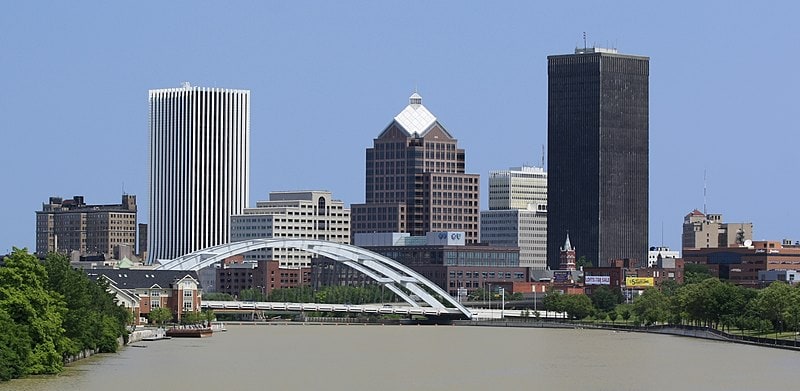
| Average annual rainfall | 33.4 inches |
| Climate type | Continental |
| Average annual rainy days | 167 |
Rochester has a long and storied history in several niche tech areas like optics, xerography, and photography. These days, it produces a ton of flour, earning it the unofficial name, “The Flour City.” Rochester is one of the rainiest cities in the US, and it actually has more rainy days than any other city in the contiguous US On top of all that rain, Rochester is also one of the snowiest cities in the country!
3. Miami, Florida
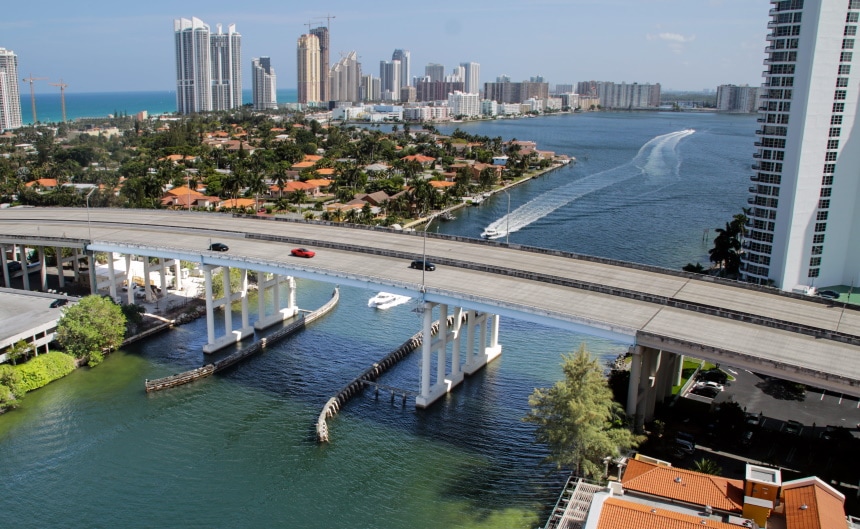
| Average annual rainfall | 67.4 inches |
| Climate type | Tropical monsoon |
| Average annual rainy days | 129 |
Surprising nobody, Miami lands at number three on our list with some of the heaviest rainfall in the US While it doesn’t have as many rainy days as others on this list, Miami frequently suffers through hurricanes that drop literal tons of water on the state. If you’re not averse to some rain, though, Miami has one of the most vibrant nightlife scenes in all of Florida, and the beach is to die for.
4. Portland, Oregon
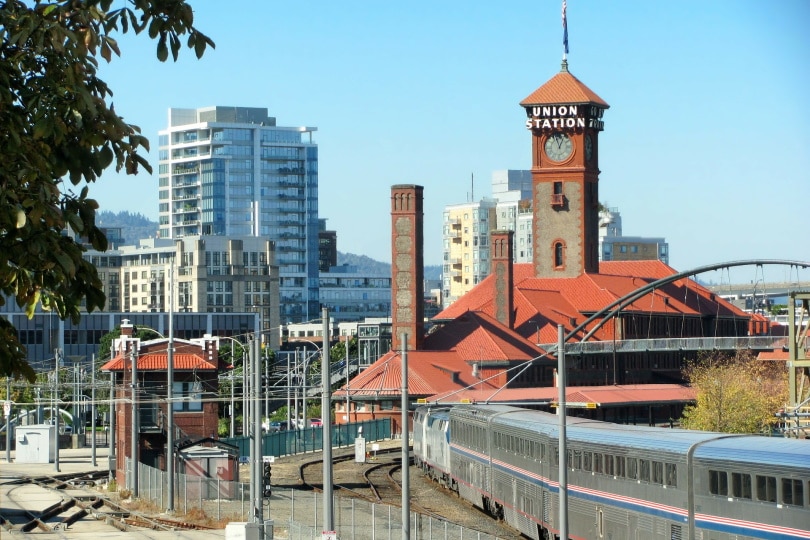
| Average annual rainfall | 42.8 inches |
| Climate type | Mediterranean |
| Average annual rainy days | 164 |
Anyone who lives in Oregon expected this one. The Pacific Northwest in general has a reputation for being overcast and getting a lot of rain, and Portland is one of the rainiest cities in the region. Notably, a lot of the rainfall in the city happens in the early hours of the morning, but that’s not to say the days aren’t rainy too. Portland is one of the northwest’s fastest-growing cities in recent years, with a stunningly rich diversity in food and culture.
5. Ketchikan, Alaska
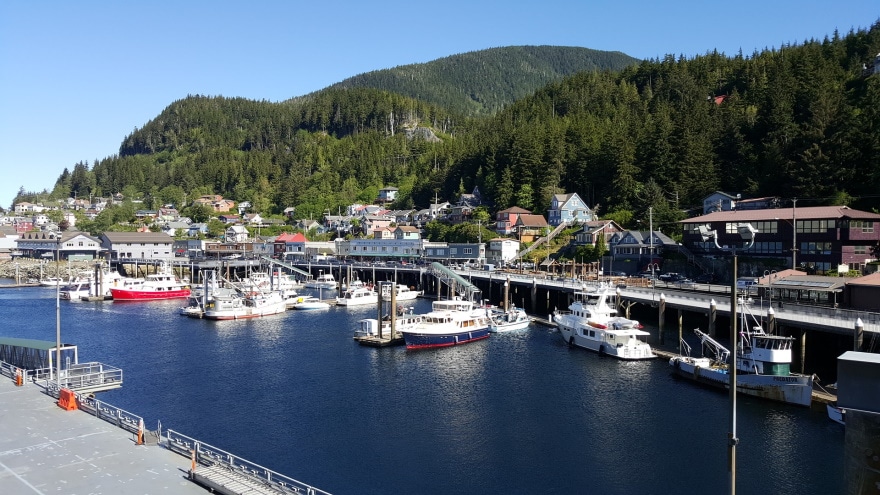
| Average annual rainfall | 152 inches |
| Climate type | Arctic |
| Average annual rainy days | 234 |
While Alaska is generally a pretty dry state, Ketchikan is an oddity in that it has more rainy days than sunny ones. In the cold months, the rain simply turns to snow instead. Most of this rain falls during the fall and winter. Ketchikan is a Native American cultural hotspot, and it’s so bold as to name itself the Salmon Capital of the World.
6. Mobile, Alabama
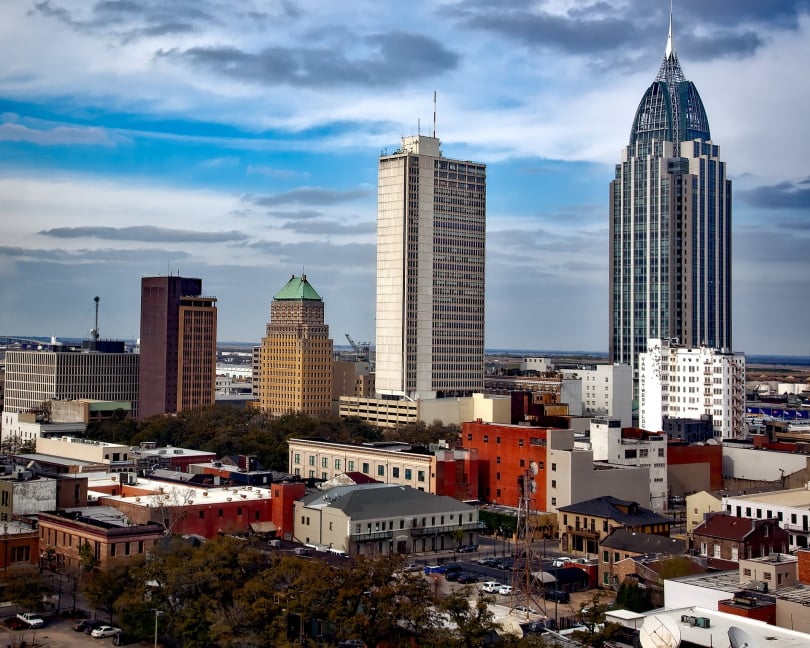
| Average annual rainfall | 66.4 inches |
| Climate type | Humid subtropical |
| Average annual rainy days | 114 |
Mobile has been noted recently for being one of America’s rainiest cities, with more rain than any other major metropolitan area in the country. Most of the rain in Mobile falls in wet summer storms, but the winter has more rainy days on average. Mobile is one of the Gulf Coast’s cultural centers, with numerous museums and the oldest Mardi Gras celebration in the US.
7. New Orleans, Louisiana
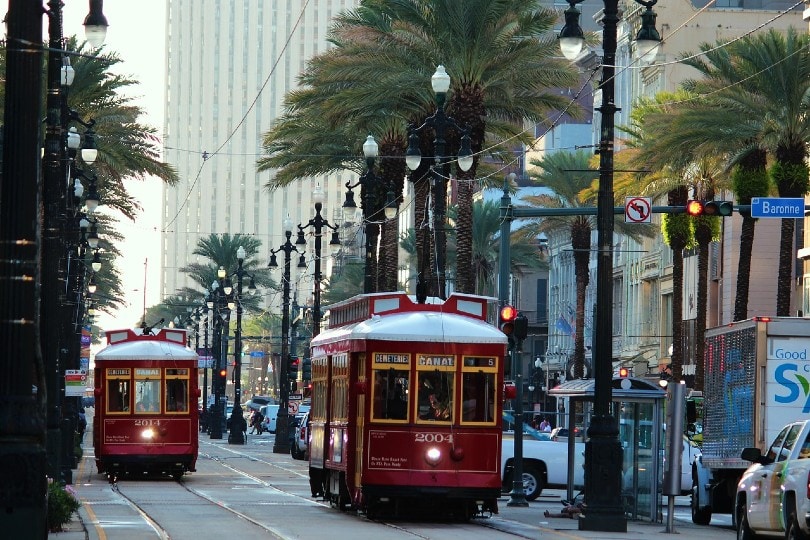
| Average annual rainfall | |
| Climate type | Humid subtropical |
| Average annual rainy days | 211 |
New Orleans is no stranger to rain, regularly ranking as one of the rainiest cities in America. The home of Bourbon Street and Mardi Gras, the Big Easy gets rain year-round, although much of the volume drenches the city during the summer. Surprisingly, New Orleans sees more rain than Seattle. Experts blame the state’s high humidity as a key reason for the high rain levels.
8. Pensacola, Florida
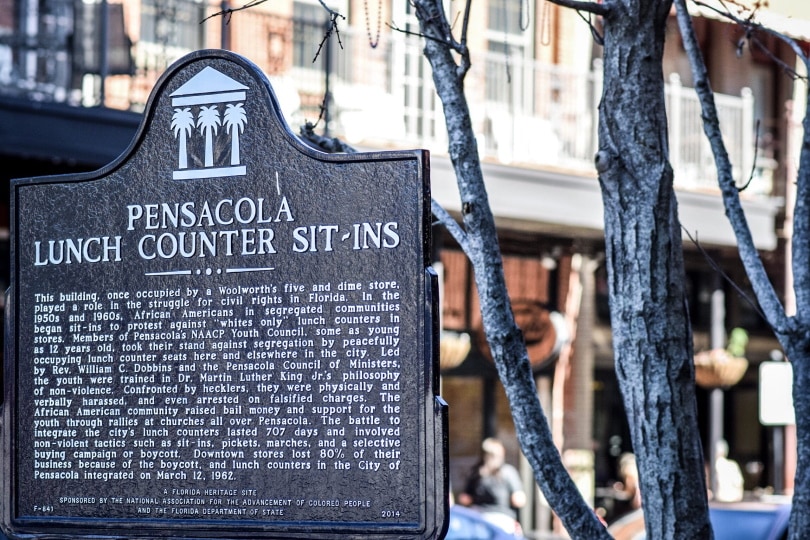
| Average annual rainfall | 63.4 inches |
| Climate type | Humid subtropical |
| Average annual rainy days | 110 |
Situated across the state from Miami is Pensacola, a popular spring break spot notable for its beach and strong military culture, the latter of which is owed to the Naval Air Station. If you’re ever in town, you might get to see the US Navy’s elite Flight Demonstration squad do some practice flights. Don’t forget to hit the beach afterward and try some of the city’s fresh seafood while you’re out and about too!
9. Houston, Texas

| Average annual rainfall | 55.6 inches |
| Climate type | Humid subtropical |
| Average annual rainy days | 90 |
Houston is a Texan powerhouse notable as the capital of various industries: space exploration, air conditioning, and industrial energy. As the fourth-largest city in the US, Houston has a uniquely Southern charm combined with a cosmopolitan sensibility. Houston sees its fair share of dry spells, but it sees a ton of rain too, largely in the form of flooding during the monsoon seas.
Frequently Asked Questions
What makes some locations rainier than others?
There are numerous factors that can cause a place to be very rainy, and there’s usually more than one at play. Lots of natural water can influence the weather to produce rain, especially off a major coast. As we see with Hilo, being a city that faces major wind patterns brings in a lot of rain as well.
Another major factor at play is temperature variation because rain is generated by warm humid air becoming cooler and rising. When there’s also warm air and water in an area, you have a higher chance of rain.
Large-scale weather patterns like La Niña and El Niño can also influence an area’s weather patterns to cause more or less rain. In many southern US states, for example, El Niño causes widespread flooding and increased rainfall. By contrast, Indonesia experiences severe drought during this time.
How is rain important to local and large-scale climates?
Rain is critical to climates worldwide, where it irrigates crops and sustains both human and animal life. Generally, more rain in a place means it has more potential for life. As an example, think about how rainy and biologically diverse the Amazon rainforest is.
In contrast is the dark side of rain: flooding. Abnormal weather patterns like La Niña and El Niño can cause regions to flood, which is extremely dangerous. Flooding can destroy homes and roadways as well as causing catastrophic natural disasters like mudslides. Flooding shows that there is, in fact, such a thing as too much rain.
Conclusion
Rain is one of the most important natural phenomena on our planet because it nourishes life, but too much can be dangerous. The cities on this list experience way more rainfall than most people are used to, but it’s generally harmless because they’ve grown used to it.
Featured Image Credit: David Mark , Pixabay
Contents
